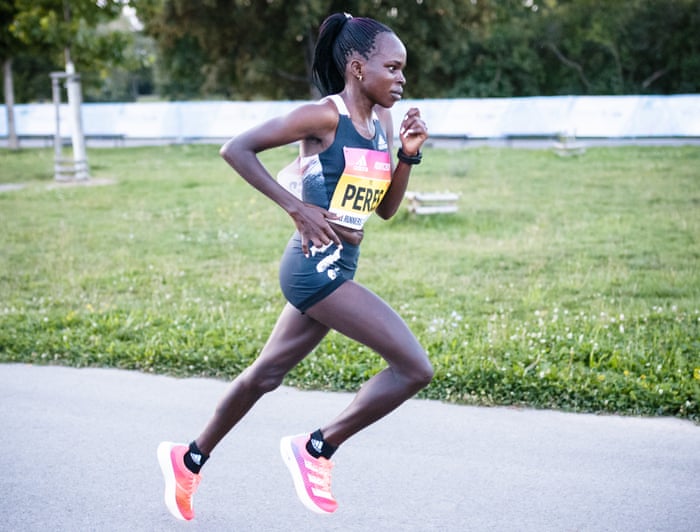
Plyometrics
A good part of any athlete's training routine is plyometrics. This training method combines exercises that simulate jumping to increase speed and explosiveness. The training method was first developed by Soviet scientists during the Cold War. 1964 saw the publication of Dr. Yuri Verkhoshansky's findings. These studies demonstrated that jump training can help athletes increase strength, explosiveness, and speed.
Plyometrics is based on scientific principles. It's not just for athletes. They can also be used by the general population for a variety of fitness exercises. For example, single-leg bounds are a high intensity plyometric exercise that aids athletes in building explosive power. The training improves muscle flexibility and speed.
Deadlifts
Deadlifts are an excellent way to develop athleticism and strength. They target multiple large muscle groups, such as gluteus maximus, hamstrings, and quadriceps. They also improve posture, mobility, and overall mobility. This compound exercise has many benefits, which make it an essential part of any athlete's workout routine.

Using a deadlift is a fundamental piece of a strength-training regimen, because it builds trunk stability. It is difficult to find other exercises that can achieve this feat. The deadlift also develops coordination throughout the musculoskeletal system, and encourages long-term resistance and adaptation. The deadlift provides the foundation for many ground based lifts. A good deadlift is beneficial for athletes as well as the general public.
The Cycles for the Mature Athlete
The workout plan for a mature athlete includes several phases. Each phase has its own training focus. These phases build general fitness, promote healing, and promote work capacity. Each phase contains a different training load, based on the combination of volume, intensity, and rest.
The macrocycle has the longest duration of all the training cycles. It consists of four training phases and incorporates the entire 52-week annual plan. This type is good for long-term plan because it allows athletes multiple major events to train at once. A trained athlete may wish to compete at a national championship. Based on this goal, a multi-peak training program can be created.
Active recovery
After an athlete workout, your body requires time to recuperate. During recovery, the heart rate should remain under 70 percent. If possible, work at a lower heart rate, like jogging, walking, or light stretching. The length of active recovery workouts will vary depending on the athlete's level of fitness and training load. Recovery workouts should typically last between 30 and 65% of the usual workout.

When considering what type of active recovery to do after an athlete workout, ask yourself whether you're exhausted or invigorated. Then, choose activities that you find enjoyable, such as yoga, swimming, cycling, or walking. Incorporating beginner stretches into your workout can make low-impact activities more enjoyable and engaging.
FAQ
Is it safe?
It's a good idea to exercise outside as often as possible. The air temperature isn't the only factor determining whether it's safe to exercise outdoors. Other factors include visibility, humidity, precipitation and wind speed. If you exercise outdoors in inclement weather, wear layers of clothing that protect you from wind chill and rain.
Exercise can I help me lose weight
Yes. Regular exercise can help you shed extra calories and lose weight. Exercising can increase your metabolism so that you can burn calories even when you're not working out.
How does caffeine affect my sleep?
Caffeine affects how long it takes you to fall asleep and how soundly you sleep. Caffeine makes falling asleep easy by causing drowsiness. Caffeine keeps you awake for longer periods of time, making it difficult to fall asleep again. Drinking coffee or energy drinks before bedtime is a bad idea.
Statistics
- Adolescent girls were less active than adolescent boys, with 85% vs. 78% not meeting WHO recommendations of at least 60 minutes of moderate to vigorous intensity physical activity per day. (who.int)
- Physical activity confers the following maternal and fetal health benefits: a decreased risk of pre-eclampsia, gestational hypertension, gestational diabetes (for example, 30% reduction in risk) (who.int)
- In 2018, the World Health Assembly agreed on a global target to reduce physical inactivity by 15% by 2030 and align with the Sustainable Development Goals. (who.int)
- According to the Centers for Disease Control and Prevention, chronic diseases cause 7 out of 10 deaths in the U.S., and treating chronic diseases accounts for 86% of U.S. healthcare costs. (mana.md)
External Links
How To
How to Stay Fit at 40
This article helps those over 40 to keep their body strong and healthy. This article will provide basic advice on eating right, exercising, sleeping well, and taking care of your mental health. This article will give you tips on living longer and healthier.
-
Eat Right - You should eat right when you want to be healthy. You should avoid processed foods products and opt to eat whole grains, fruits, vegetables and lean meats, fish and nuts as well as beans, seeds, nuts and seeds. Do not eat what you don’t like. You can add another food to your daily diet. Don't starve yourself; this won't help you lose weight. Try adding small amounts of different foods to your daily meal. If you eat chicken breast most of the time, try turkey one week. If you are a fan of pasta, rice is a good option. You can make these foods a regular part of your daily diet.
-
Exercise - Make sure to exercise at least three times per week. Include cardio activities like running, swimming, biking and dancing. You should also ensure you get enough sleep. It is recommended that you get at least 8 hours sleep per night. In addition, make sure you drink plenty of water during the day. Two liters (0.5 gallons), of water should be consumed each day.
-
Sleep Well - Proper sleep is crucial for staying healthy. The National Sleep Foundation states that adults need 7-8 hours sleep per night to be in good physical and mental health. The majority of people sleep less than 6 hrs a night. Changes in your sleeping habits can make you more tired. By changing your sleeping time, you will be able to catch up more sleep. Turn off your phone prior to going to bed to help you wind down and relax. Avoid caffeine after noon as it can cause insomnia.
-
Take care of your mental health - It is essential to take good care of your mind in order to keep your body healthy. Stressful situations can lead to poor eating habits and unhealthy lifestyle choices. You should practice stress management techniques, such as yoga, meditation, breathing exercises, or relaxation. One hour of your time should be spent doing something enjoyable. This could be taking a stroll outside, reading a book or listening to music.
These four tips will help you live longer, and be healthier. These simple steps will help you achieve your fitness goals.